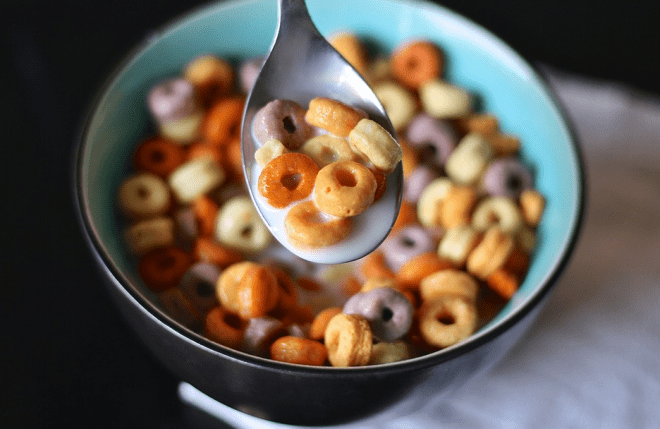We’ve all done it – eating the entire gallon, box, or bag of junk/snacks in one sitting without realizing what we were doing.
This lack of awareness or mindless eating contributes to many people’s struggle with maintaining a healthy weight and balanced life.
Turns out, there is a mind-body connection to food. Mindless eating serves as a way to cope with unwanted emotions such as boredom, stress, or anger. The following are strategies for eating more mindfully adapted from Brian Wansink’s “Mindless Eating: Why We Eat More Than We Think.”
- See all you eat. See it before you eat it. People who pre-plate their food eat 14% less than those taking smaller portions and getting seconds and thirds. See it while you eat it. Keep empty glasses, wing bones, etc. visible. (Remember what you’ve eaten.)
- Mini-size your boxes and bowls. Use smaller plates. The smaller the packages, plates/bowls, the less we tend to eat. Do not make too much food (unless the intentional leftovers are off-limits for seconds). People tend to pour and drink more from a short, fat glass than a tall, thin glass. People tend to eat more/less depending on the greater/lesser size of plates, bowls, serving spoons, serving bowls, and serving sizes.
- Make overeating a hassle, not a habit. Leave serving dishes at a distance, e.g. in the kitchen or on a sideboard. “De-convenience” tempting foods, putting them away, out of sight, hard to reach, and packaged well. Snack only at the table and on a clean plate. Avoid temptation and remove cereal boxes, cookies, or bread from your counters.
- Make comfort food more comforting. Don’t deprive yourself. Keep the comfort foods, but eat them in smaller amounts. Rewire your comfort foods. Start pairing healthier foods with positive events to create comfort associations with healthier foods.
- Think 20% more/less. Dish out 20% less than you think you might want before you start to eat. Most people won’t miss it. For fruits and vegetables, think 20% more. Portion sizes, environmental cues, marketing, high taste expectations, and many other factors influence people to mindlessly consume significantly more food than people realize. Moreover, people will deny such influence affects them.
- Create distraction-free eating scripts. Rescript your diet danger zones, e.g. dinners, snacks, parties, restaurants, desks/dashboards, etc. For example, try being the last to start eating, pace with a slower eater, serve more healthy foods, chew gum instead of snacking, etc. Eat in the dining room or kitchen, rather than in front of the TV which distracts us from our consumption. For snacks, dish out a ration, rather than eating from the package.
Written By: Ann Sheerin, MA

